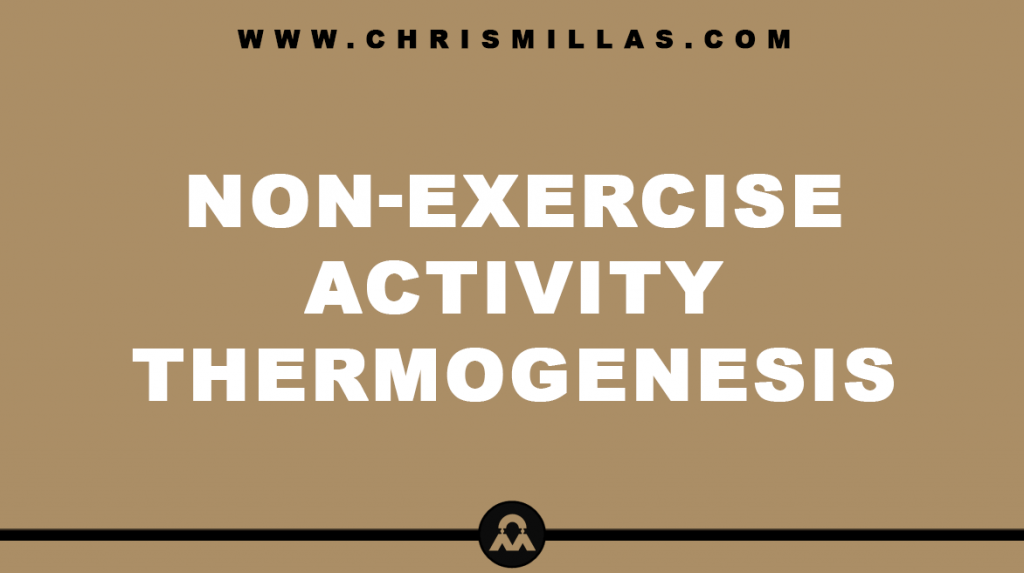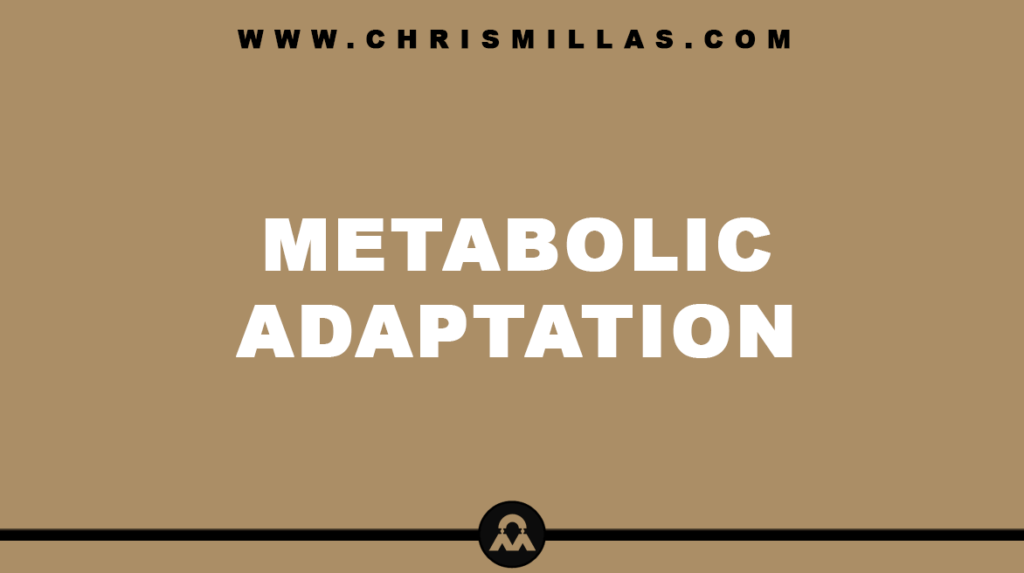In this post, we’ll unpack all you need to know about Non-Exercise Activity Thermogenesis, defining exactly what it is, the science behind how it works, the benefits, how to leverage it and more.
What Is Non-Exercise Activity Thermogenesis (NEAT)?
Non-Exercise Activity Thermogenesis (NEAT) refers to the energy (calories) expended during activity outside of eating, sleeping and exercising.
Examples of NEAT include anything from walking, standing, fidgeting ― generally any movement outside of eating, sleeping and exercising.
The Science Behind Non-Exercise Activity Thermogenesis
Subtle movements trigger epinephrine which stimulates the mobilization of fat which is then oxidised at higher rates.
NEAT is one of the ways the body manages our weight. If we gain weight, NEAT tends to increase whereas if we lose weight, NEAT tends to decrease.
The Power Of NEAT
Non-Exercise Activity Thermogenesis is one of the most effective strategies for burning fat with studies showing that NEAT can increase the amount of calories burned a day by up-to 2,500.
However, the benefits of NEAT go well beyond extra calories expended. Studies show that as NEAT increases, the risk of metabolic syndrome, cardiovascular events and death from all causes decreases.
Metabolism & NEAT
For years it has been believed that when you significantly reduce your calories, your metabolism slows down and as a result, we should avoid extreme measures.
However, metabolism doesn’t slow down because of reduced calories ― metabolism slows down because of reduced NEAT. When we’re eating fewer calories, we tend to move less. It’s a natural behavioural response. As a result, fat loss slows down.
Physiological studies have demonstrated that NEAT increases with overfeeding and decreases with underfeeding. Therefore, if you want to keep up your progress of losing fat, keep up your NEAT.
How To Leverage The Power Of NEAT
In the context of weight loss and more specifically fat loss, the key to leveraging the power of NEAT is to maximise the amount of activity outside of eating, sleeping and exercising. The more we increase activity, the more we increase energy expenditure.
Summary
Non-Exercise Activity Thermogenesis (NEAT) refers to energy expended during activities outside of eating, sleeping and exercise.
When NEAT increases, energy expenditure increases. When NEAT decreases, energy expenditure decreases.
The key to leveraging NEAT is to optimise the amount of activity one gets outside of eating, sleeping and exercise.







